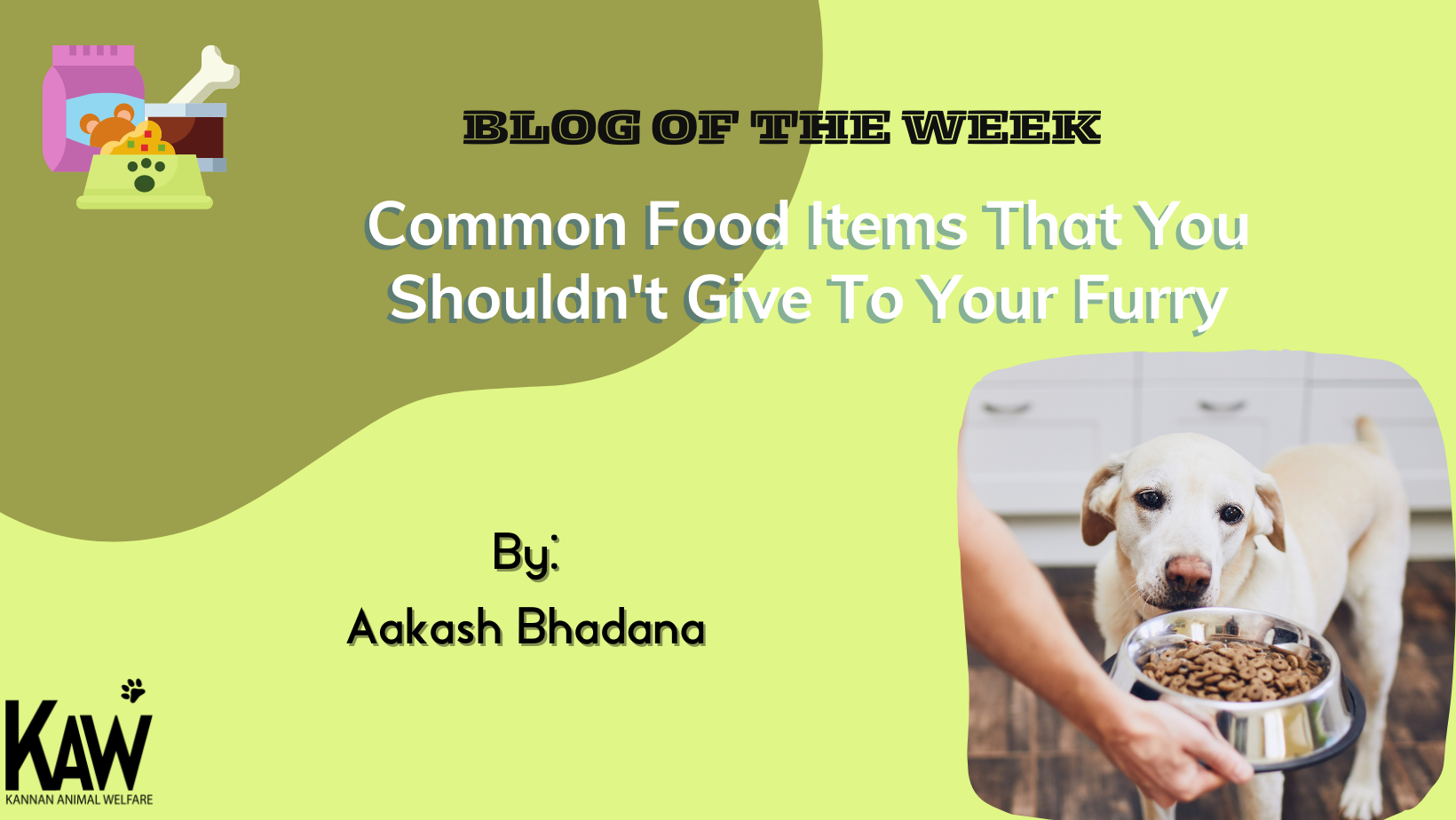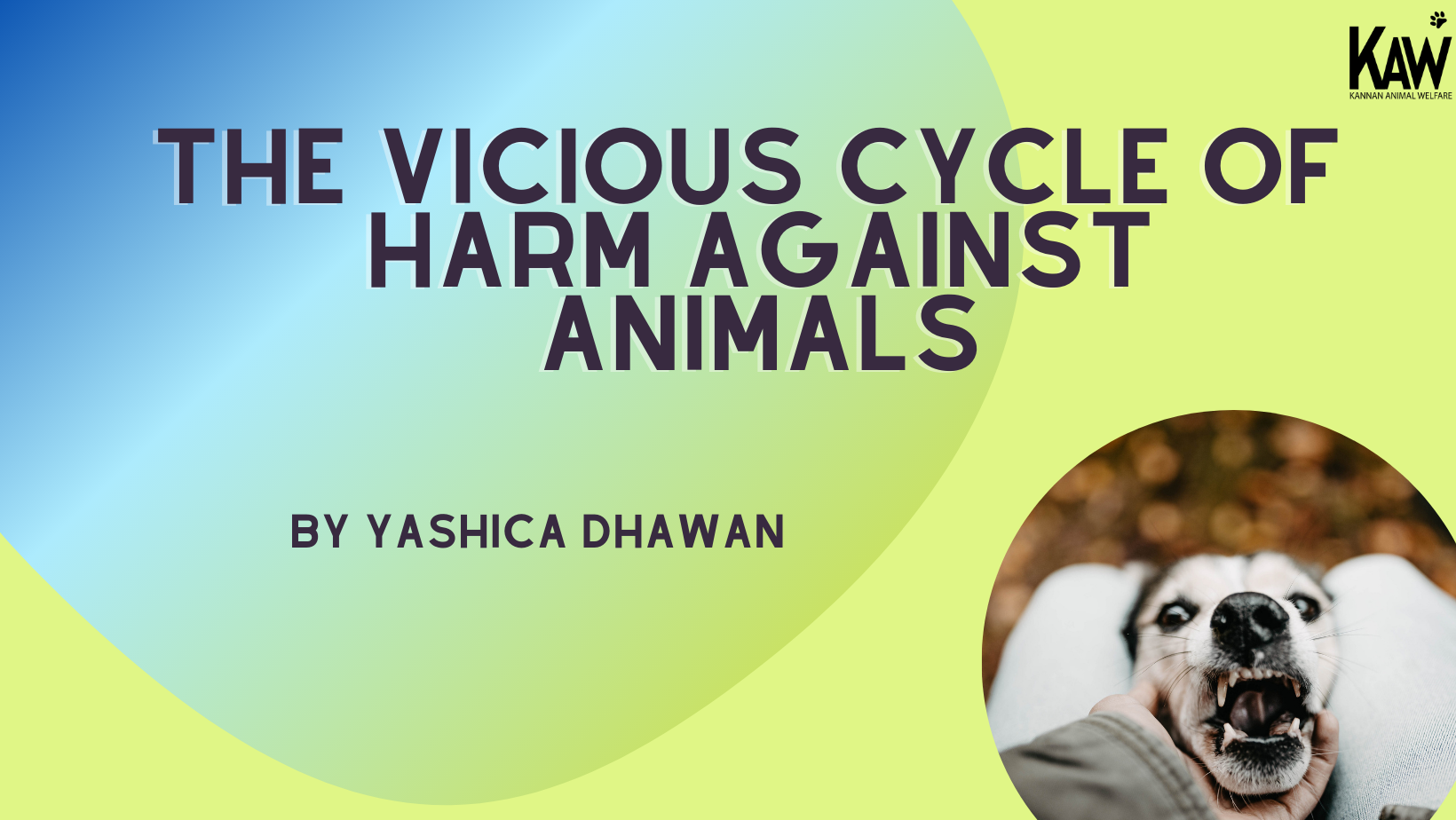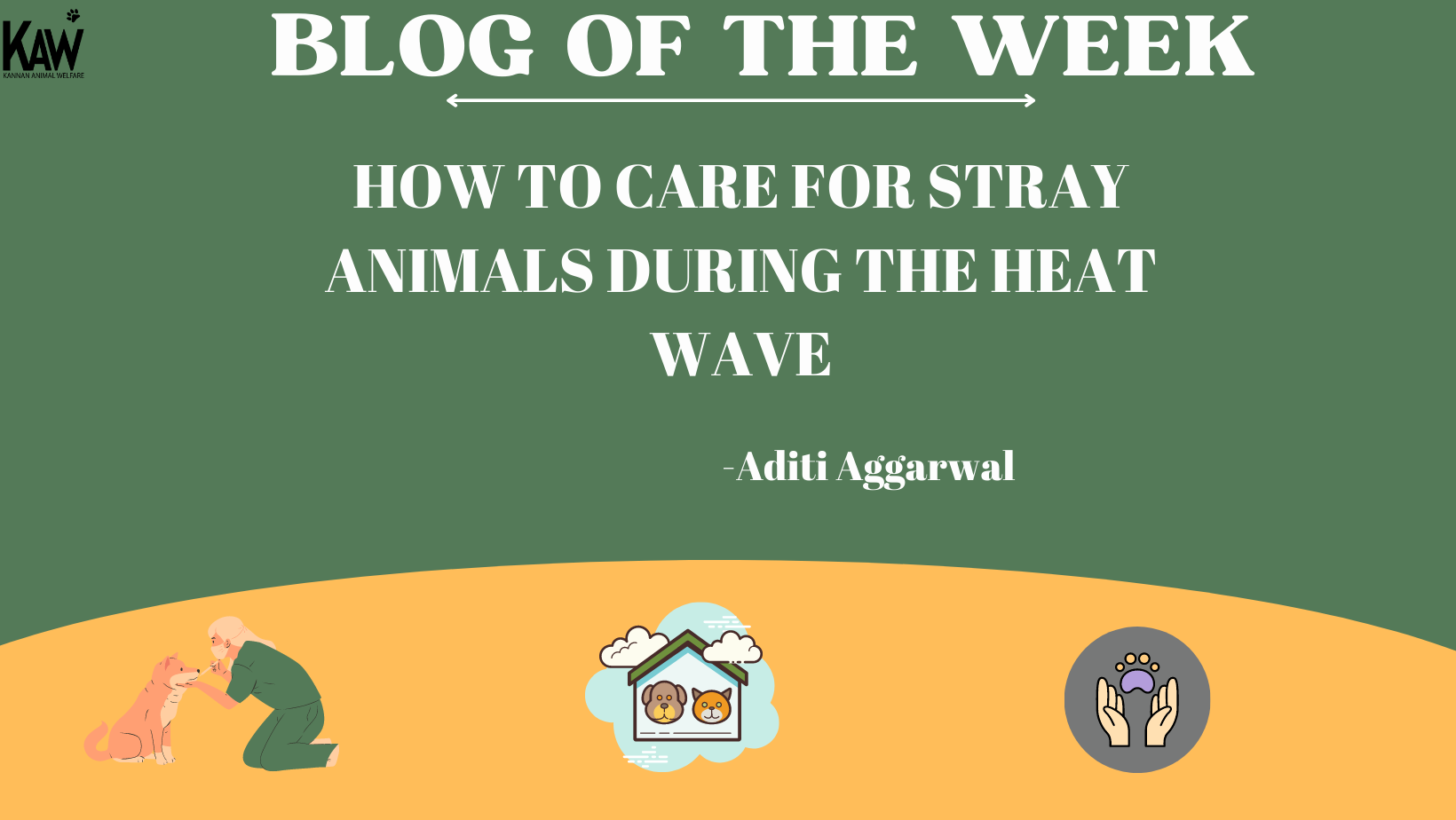While many of our followers would be familiar with what dogs should be fed, we frequently get queries about the best diet for a cat to be on. Our team decided to put together a well-researched guide that should help you ensure your community cats get the nourishment they deserve.
The first point that is important to keep in mind, is that cats are carnivorous by nature.
There are a number of reasons why cats cannot be kept on a vegan or vegetarian diet, but it all essentially comes down to this: they are not adapted to it. Feeding a cat a plant-based diet is a lot like feeding a goat a meat-based diet— their digestive system is just not prepared to handle it.
Most animals from the Order Carnivora adapted to an omnivorous diet at some stage of their evolution because of co-evolution alongside humans, habitat change, climate change and to increase their nutrient management. However many others, despite belonging to the same Order of animals, did not.
Since cats haven't adapted to an omnivorous diet yet, it means that their body is unable to synthesis Taurine (an essential amino-acid). The essential source of Taurine for cats, thus comes from animal products like Meat.
It is important to note that most cats are lactose intolerant and one should refrain from feeding them dairy products.
Why is Taurine important?
Cats with taurine deficiency can develop a heart issue known as dilated cardiomyopathy or DCM. In cats with DCM, the heart muscle becomes very thin and weak, preventing them from pumping blood and supplying oxygen to the body normally. This is a fatal disease if not addressed early on. A lack of adequate taurine can also cause severe eye problems in cats, including blindness.
It is critical for normal vision, digestion, heart muscle function, to maintain normal pregnancy and fetal development, and to maintain a healthy immune system and diseases stemming from Taurine deficiency in cats is more common than we think. Since Taurine is an 'essential' amino acid in cats, it means that it's role in Protein formation in cats is vital and can't be replaced by any other amino acid.
TYPES OF FOODS A CAT CAN EAT
Unlike dogs, cats cannot be turned into vegetarians or vegans. They are carnivorous and can often be seen hunting and feeding on small prey like birds, rats etc. A feral cat or a community cat mostly hunts for itself and thus, when one feeds them, their diet should be meat based.
- There are different kinds of meats that can be fed but one of the most common food items is CHICKEN. Most people prefer to feed their cats chicken as it is an excellent form of protein, and is liked by a majority of cats.
- Cats can eat chicken breast, thighs and necks. It is highly advisable to feed feral cats properly cooked meat. Chicken broth mixed with a few pieces of chicken can be quite filling for cats.
- FISH can also be fed keeping in mind that it contains mercury, an excess amount of which can be harmful for them.
- Canned tuna and salmon are affordable options for cats and can be served as an occasional treat. Canned fish has much higher sodium content than cat food, so it should be fed sparingly.
- Carnivorous fish such as tuna and salmon contain higher levels of mercury, which is dangerous to your cat if it accumulates in the system. Smaller fish like cod, halibut and flounder are safer for cats to eat because their flesh contains less mercury.
- Cat food is the best choice you can offer to a stray cat since it is complete, balanced, and made to meet all the nutritional needs of a cat.
- There are different types of cat food available. Canned or Dry food is one of the best options if you want to be sure of what you’re feeding your cats. Make sure you read the label and the list of ingredients thoroughly.
A few famous brands for cat food are as follows:
- Premium- Farmina N&D, Orijen, Acana Pacifica, Taste of the wild, Whiskas, Kennel Kitchen.
- Semi-premium- Calibra and Arden grange.
- Economic- Farmina Matisse.
While feeding feral cats, it is imperative to keep in mind that whenever you feed them dry food or kibble, they also have to be provided with water. Their digestive systems are not able to properly handle just dry food. The best and the safest way to feed kibble to feral cats is by soaking the kibble in water or broth for a while before feeding them.
Canned Food is an easy way to provide your cats with a highly palatable meal. All canned food contains a water content of approximately 70% which keeps your pet well hydrated and reduces the incidence of urinary tract disease. Having a higher water content also helps in making the cats feel fuller which prevents them from overeating. This maintains an ideal body weight in them.
- Wellness, Whiskas, Kennel Kitchen, Little big paws (best), Bellota, N&D, Calibra, Sheba, Schesir and Applaws have some good options wet cat food.
- Before feeding them canned food or dry food, the label should be well read and all the ingredients must be kept in mind.
FEEDING FERAL KITTENS
While it is easy to think that a kitten must be lost or separated from her mother if found alone, one should wait for at least a few hours (about 12-15 hours) before taking a kitten in or putting it is up for adoption. This is because cats move their kittens every few days and take 4-5 hours sometimes to move each kitten separately.
For feeding them, they require special kitten milk since cow milk will not be able to provide them with the nutrients that they require and they need to be fed via a bottle.
- Kittens can be fed egg whites once they are old enough to chew.
- Canned food can be fed to all kittens keeping in mind their nutrients, ingredients and should be according to their age.
- Properly cooked boneless meat is an essential source of nutrition for them. Raw meat should never be given to kittens as they are still growing and have a sensitive stomach.
- They can be fed kibble, which is according to their age, but it should be soaked in water for at least 45 minutes prior to feeding them for better digestion.
by Jhanvi Jolly & Sudipta Maity





